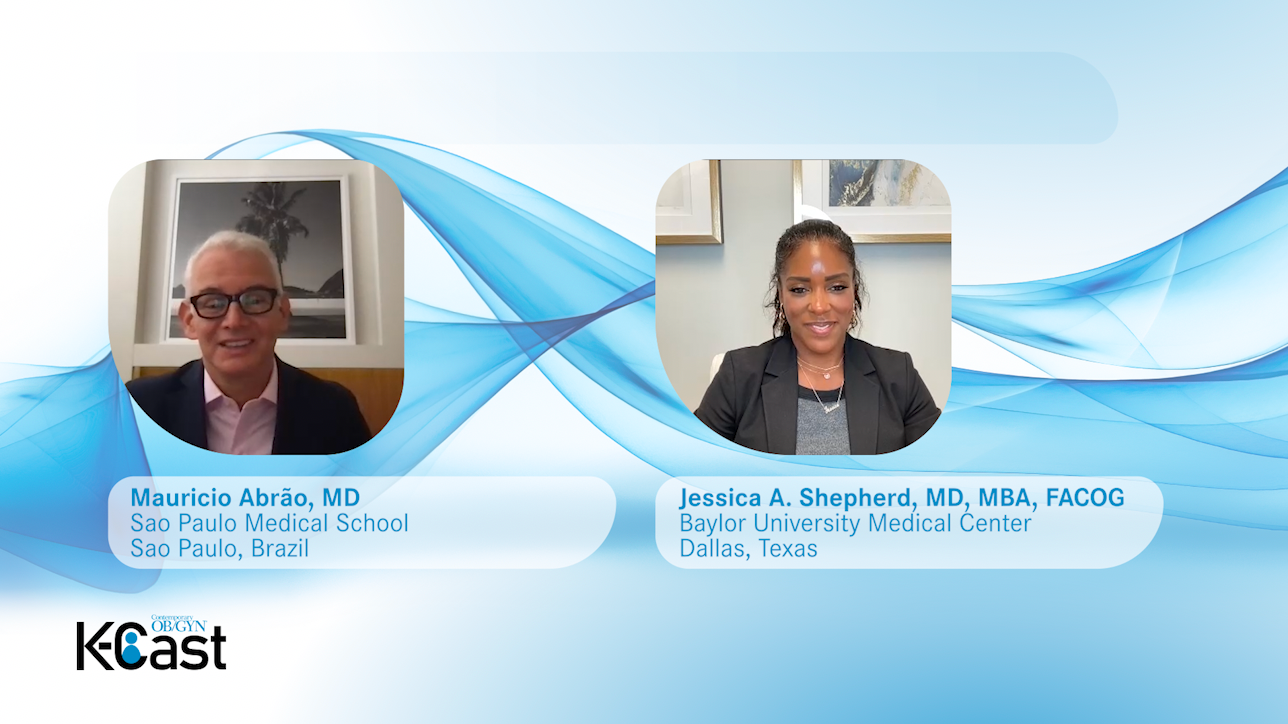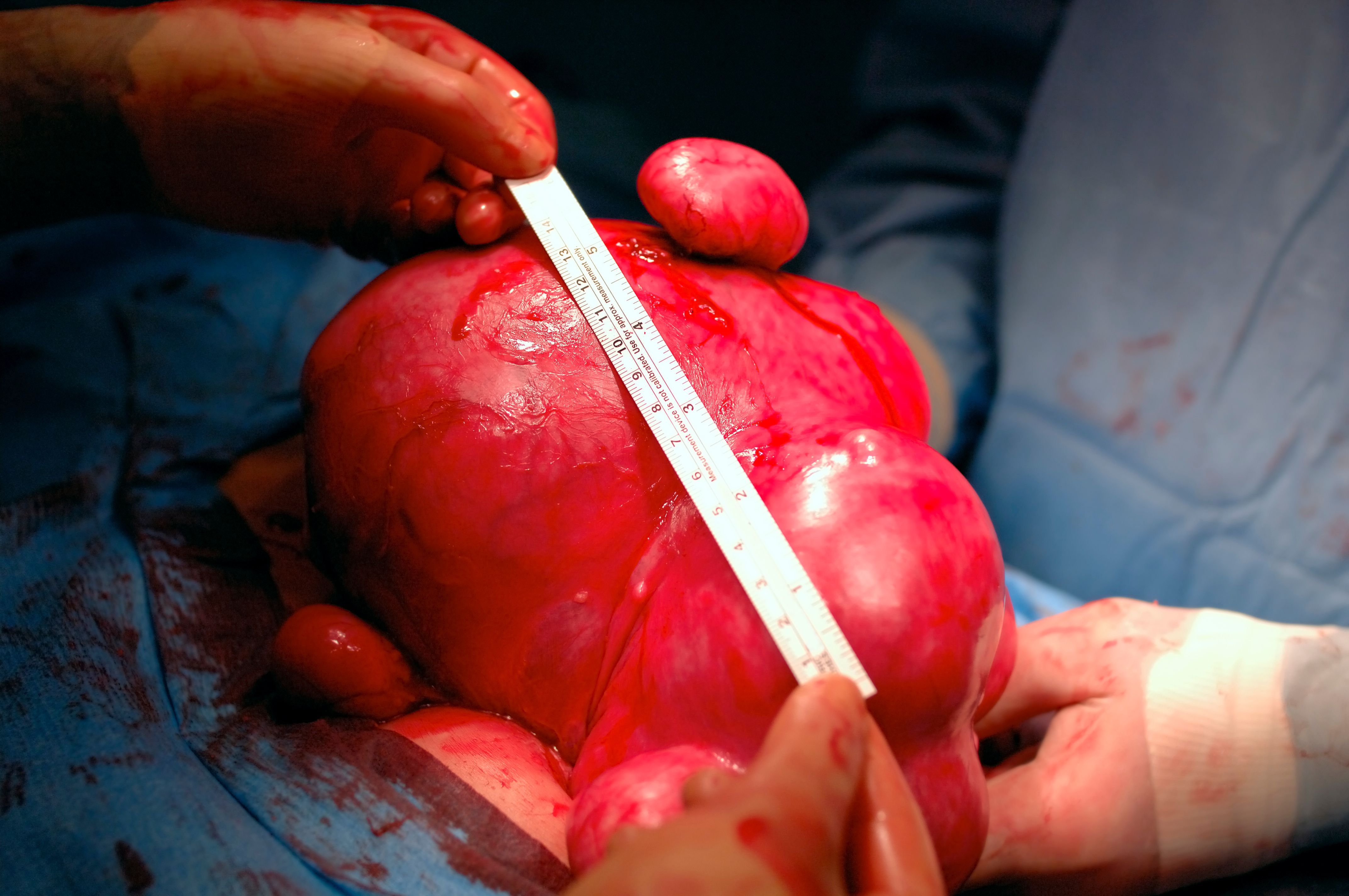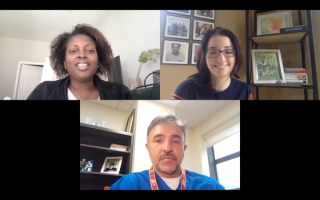
Uterine Fibroids
Latest News
Latest Videos
More News
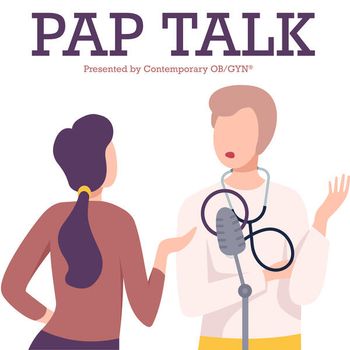
In this episode of Pap Talk, Jessica Shepherd, MD, MBA, FACOG, deep dives into the benefits of utilizing radio frequency ablation (RFA) for treatment of uterine fibroids, available RFA devices, and disparities in the condition.
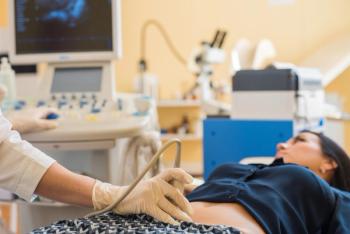
Women with uterine fibroids (UF) experience higher rates of depression, anxiety, and self-directed violence, especially those with pain or who have had a hysterectomy, according to a study published in the Journal of Epidemiology and Community Health.
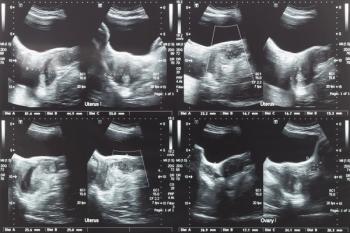
“Although traditional surgical treatments can resolve the clinical symptoms, they have many disadvantages, such as relatively large trauma, high chances of postoperative complications and long operation time,” wrote the authors of the review in the International Journal of Hyperthermia.
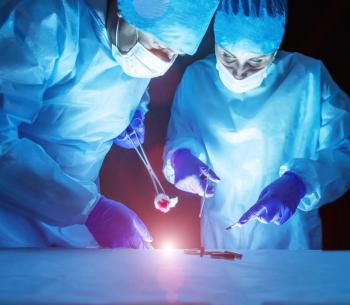
A recent study compared the effectiveness of open, laparoscopic, and robotic surgery in terms of outcomes and post-operative pregnancy success, and found that minimally invasive methods were best, according to a study published in JBRA Assisted Reproduction.
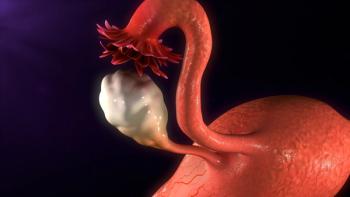
A study published in the BJOG: An International Journal of Obstetrics and Gynaecology reports a need for high-quality fibroid management and treatment guidelines.

A 4-year follow-up of a randomized control study comparing uterine artery embolization (UAE) to myomectomy for treating women with uterine fibroids has concluded that myomectomy achieves greater improvement in quality of life.
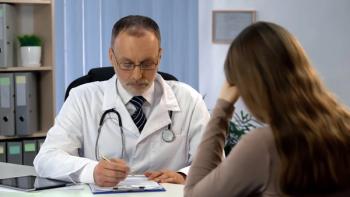
Uterine fibroids (UF) with heavy menstrual bleeding (HMB) pose a significant economic burden—mostly due to surgical and procedural costs and treatment, according to a claims analysis in the Journal of Women’s Health.

“Over 70% of women are estimated to develop uterine fibroids by age 50,” said senior author Irene Aninye, PhD, chief science officer for the Society for Women’s Health Research (SWHR) in Washington, D.C. “Fibroids are a complex condition that can range from being asymptomatic to having deleterious effects on a woman’s health and quality of life.”
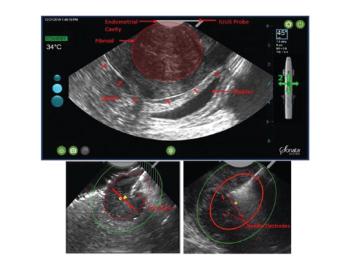
Understanding the technology behind a newer uterus-sparing option for the management of uterine fibroids.
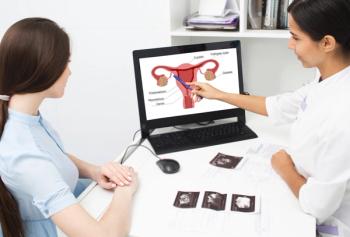
A phase 2, multicenter study has found relugolix (Myfembree; Myovant Sciences) significantly decreases menstrual blood loss in women with uterine leiomyomas and is mostly well tolerated. Relugolix is a small molecule gonadotropin-releasing hormone (GnRH) receptor antagonist.
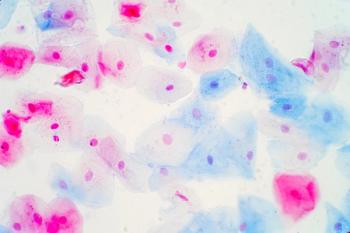
Autophagy is a controlled lysosomal degradation pathway that protects cells and allows to overcome cell death.
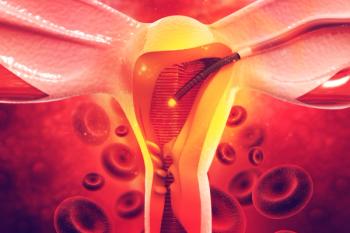
The authors noted that both primary options for treatment are currently being debated as to their efficacy and safety.

Many of the glaring disparities that exist in care for the 26 million women in the United States who suffer from uterine fibroids, which disproportionately affects up to 80% of Black women, are being aggressively addressed though a new multifaceted campaign called UNmuting Fibroids.

Vitamin D and green tea extract resulted in a significant reduction in the mean size of uterine fibroids among women of later reproductive age, according to a recent study.

A retrospective study that investigated the effectiveness and feasibility of fibroid enucleation in the anterior wall of the uterus by transverse uterine incision during cesarean section.

A study has once again validated ultrasound-guided high-intensity focused ultrasound (USgHIFU) as an effective technique to devascularize uterine fibroids.
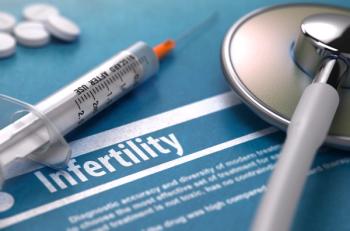
Due to uterine fibroids being a potential cause of infertility, treatment options like myomectomy should be discussed individually with the patient, according to an article published in Diagnostics that evaluated the relationship.

A systematic review of minimally invasive treatments for uterine fibroid-related bleeding found that myomectomy can improve overall bleeding symptoms in nearly all patients.
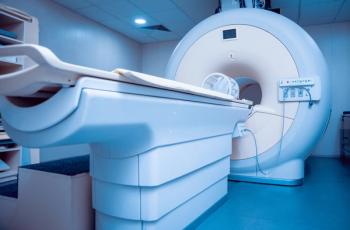
A study examined the treatment efficacy of uterine artery embolization (UAE) or magnetic resonance imaging-guided focused ultrasound surgery (MRgFUS) for uterine fibroids.
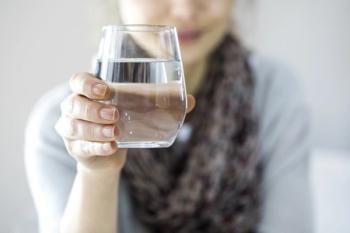
A Swedish cohort study in the journal Environment International has found that women of fertile age who were exposed to high levels of perfluorinated substances (PFAS) in drinking water were significantly more likely to subsequently have a diagnosis of polycystic ovarian syndrome (PCOS) and possibly uterine leiomyoma (or uterine fibroids [UFs]), but not endometriosis.

One in 10 women with singleton pregnancies have at least 1 uterine fibroid (UF), according to a prospective cohort study.
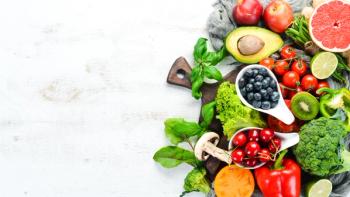
Several dietary supplements and nutrients potentially provide benefits in preventing and treating common gynecological diseases like uterine fibroids (UFs), endometriosis, polycystic ovarian syndrome (PCOS), infertility, menstrual disorders and vaginal infections, according to an article in the journal Nutrients.

Emergency department (ED) visits in women affected by leiomyomas, or uterine fibroids (UFs), are increasing, but hospital admissions for this patient population are decreasing, according to a study published in the journal Obstetrics & Gynecology.

The American College of Obstetricians and Gynecologists (ACOG) recently published an updated committee opinion regarding morcellation of presumed uterine leiomyoma. Here are the key points.
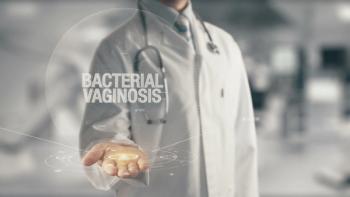
No evidence exists that bacterial vaginosis (BV)-associated bacteria increases the risk of developing uterine fibroids (UFs) or the number of UFs, according to a nested case-control study in the journal Sexually Transmitted Diseases.

